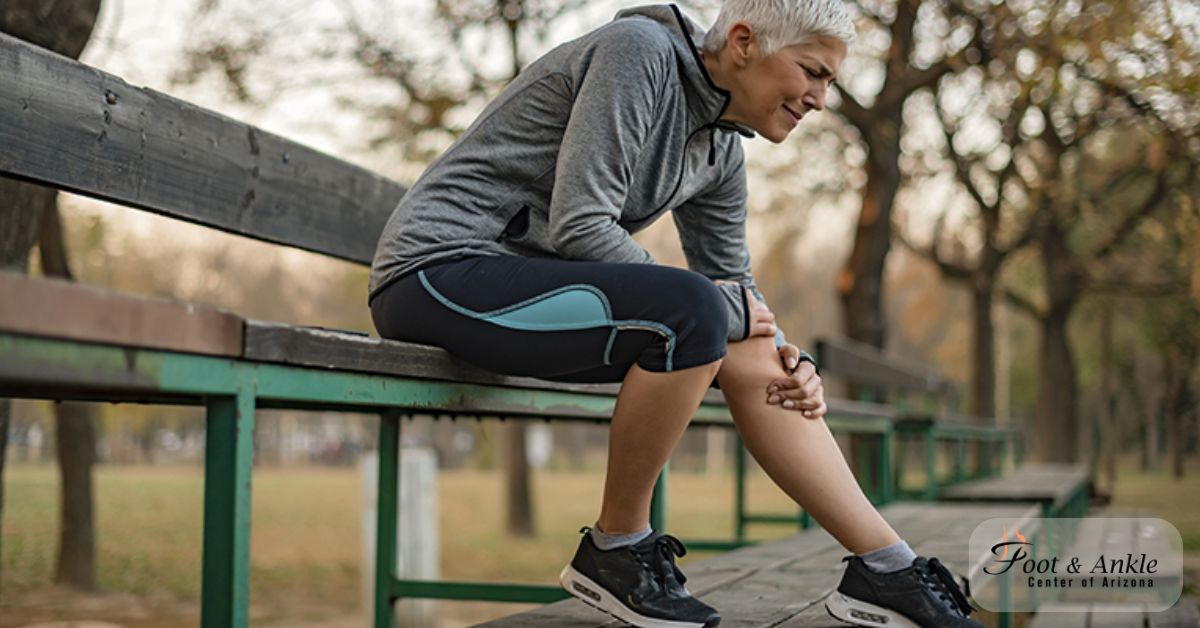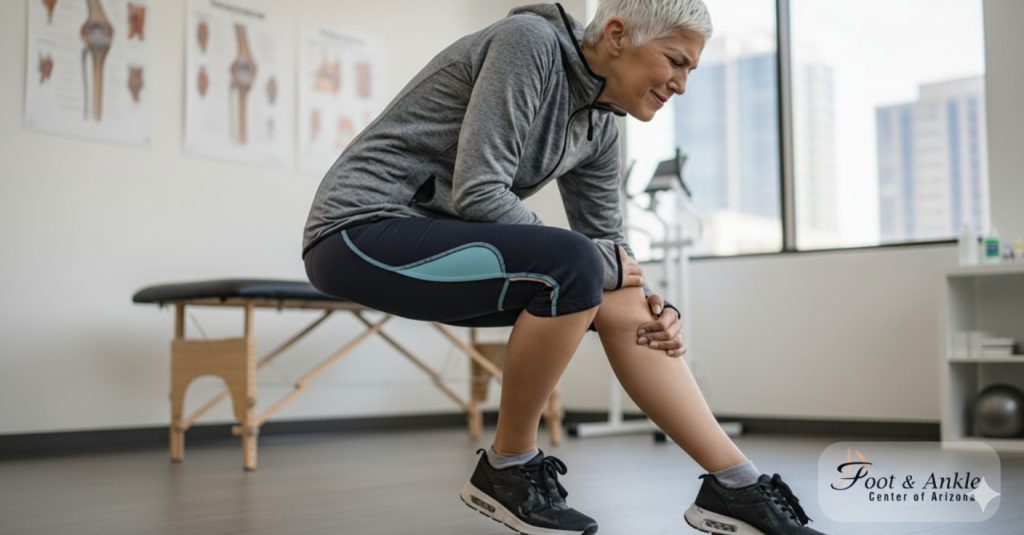
Physical Activity. The Arthritis Pain Reliever.
Physical Activity for Arthritis Long gone are the days when health care providers told people with arthritis to “rest their joints.” In fact, physical activity can reduce pain and improve function, mobility, mood, and quality of life for most adults with many types of arthritis including osteoarthritis, rheumatoid arthritis, fibromyalgia, and lupus.
Managing Chronic Conditions
Physical activity can also help people with arthritis manage other chronic conditions such as diabetes, heart disease, and obesity. Most people with arthritis can safely participate in a self-directed physical activity program or join one of many proven programs available in communities across the country. Some people may benefit from physical or occupational therapy. Watch the Arthritis Pain Reliever video to learn more about the benefits of physical activity and the types and amounts of exercise helpful for people with arthritis.
What are the benefits of physical activity for adults with arthritis?
Regular physical activity is just as important for people with arthritis or other rheumatic conditions as it is for all children and adults. Scientific studies have shown that participation in moderate-intensity, low-impact physical activity improves:
- pain
- function
- mood
- quality of life
Being physically active can also delay the onset of disability if you have arthritis. But people with arthritis may have a difficult time being physically active because of symptoms (e.g., pain, stiffness), their lack of confidence in knowing how much and what to do, and unclear expectations of when they will see benefits. Both aerobic and muscle strengthening activities are proven to work well, and both are recommended for people with arthritis.
Physical Activity Guidelines for Americans
Adults with arthritis should follow either the Active Adult or Active Older Adult Guidelines, whichever meets your personal health goals and matches your abilities. People with arthritis should also include daily flexibility exercises to maintain proper joint range of motion and do balance exercises if they are at risk of falling.
What Type of Activities Count?
Aerobic activities:
Aerobic activity is also called “cardio,” endurance, or conditioning exercise. It is any activity that makes your heart beat faster and makes you breathe a little harder than when you are sitting, standing or lying. You want to do activity that is moderate or vigorous intensity and that does not twist or “pound” your joints too much. Some people with arthritis can do vigorous activities such as running and can even tolerate some activities that are harder on the joints like basketball or tennis. You should choose the activities that are right for you and that are enjoyable. Remember, each person is different, but there are a wide variety of activities that you can do to meet the Guidelines.
Muscle strengthening activities:
You should do activities that strengthen your muscles at least 2 days per week in addition to your aerobic activities. Muscle strengthening activities are especially important for people with arthritis because having strong muscles takes some of the pressure off the joints.
Balance activities:
Many older adults and some adults with arthritis and other chronic diseases may be prone to falling. If you are worried about falling or are at risk of falling, you should include activities that improve balance at least 3 days per week as part of your activity plan. Balance activities can be part of your aerobic or your muscle strengthening activities. Examples of activities that improve balance include the following
- Tai Chi.
- Backward walking, side stepping, heel and toe walking.
- Standing on 1 foot.
Stay flexible:
In addition to the activities recommended above, flexibility exercises are also important. Many people with arthritis have joint stiffness that makes daily tasks such as bathing and fixing meals difficult. Doing daily flexibility exercises for all upper (e.g., neck, shoulder, elbow, wrist, and finger) and lower (e.g., low back, hip, knee, ankle, and toes) joints of the body helps maintain essential range of motion.
More information for Older Adults
If you have arthritis, you should follow either the Active Adult or Active Older Adult recommendations, whichever meets your personal health goals and matches your abilities. You should do this activity in addition to your usual daily activity. You may notice that the recommended amount and type of activity are the same for the Active Adult and Active Older Adult except for the additional recommendation to include activities that promote balance. Read some additional details for the Active Older Adult below:
Prevent falls
Have you fallen in the past? Do you have trouble walking? If so, you may be at high risk of falling. Activities that improve or maintain balance should be included in your physical activity plan. Examples of activities that have been proven to help balance include walking backwards, standing on one leg, and Tai Chi. Some exercise classes offered in many local communities include exercises that are good for balance.
Stay active
Any physical activity is better than none. If you cannot do 150 minutes of moderate intensity activity every week, it is important to be as active as your health allows. People with arthritis often have symptoms that come and go. This may mean that one week you can do 150 minutes of moderate intensity activity and the next week you can’t. You may have to change your activity level depending on your arthritis symptoms, but try to stay as active as your symptoms allow. Learn how to modify your activity with tips for S.M.A.R.T. activity, below.
Adjust the level of effort
Some activities take more effort for older adults and those with low fitness or poor function. For example, walking at a brisk pace for a 23-year-old healthy male is moderate intensity, but the same activity may be vigorous activity for a 77-year-old male with diabetes. You should adjust the level of effort during activity so that it is comfortable for you. Find out how to measure your level of effort.
Talk to your doctor
If you have arthritis or another chronic health condition, you should already be under the care of a doctor or other health care provider. Health care providers and certified exercise professionals can answer your questions about how much and what types of activity are right for you.
https://www.cdc.gov/arthritis/basics/physical-activity-overview.html




